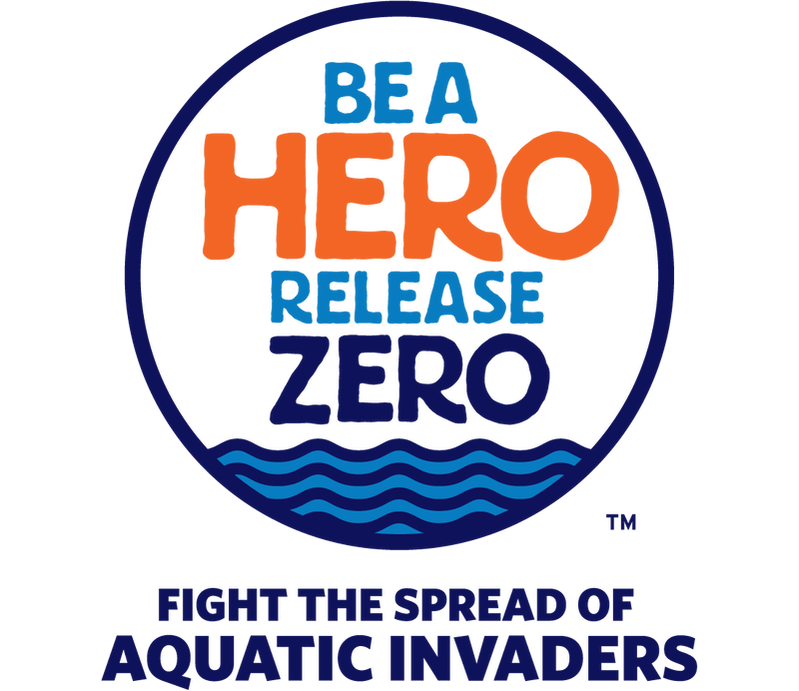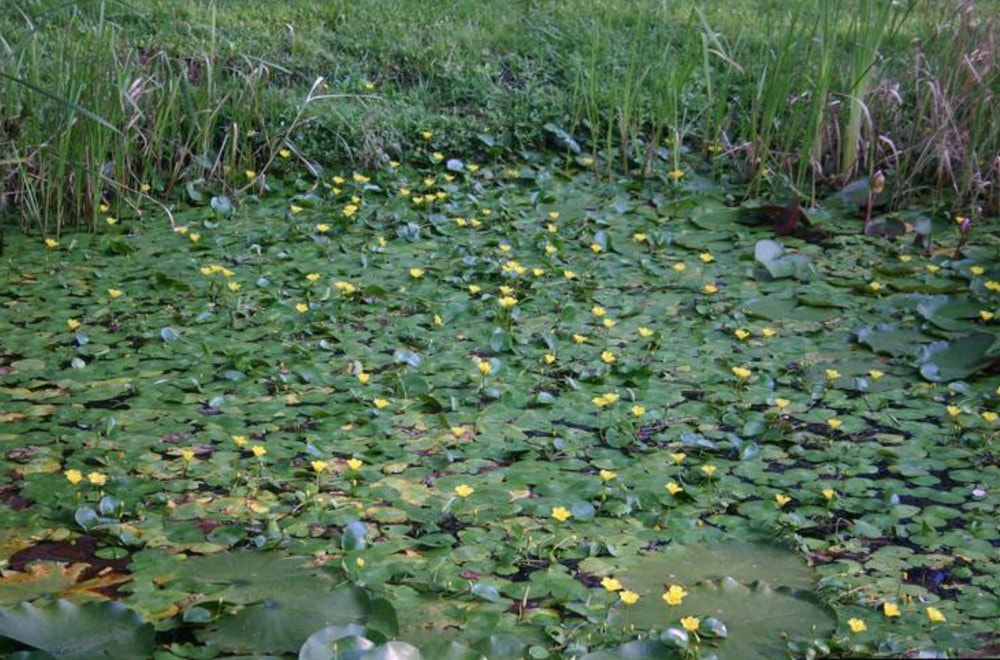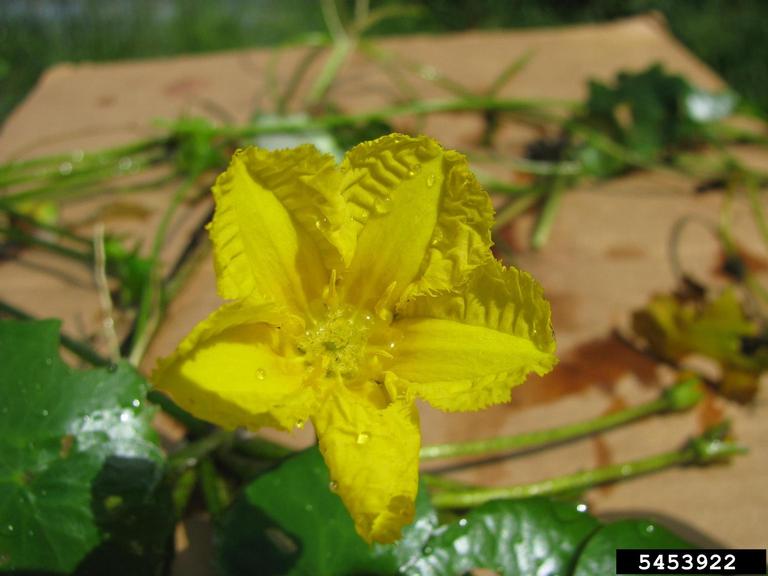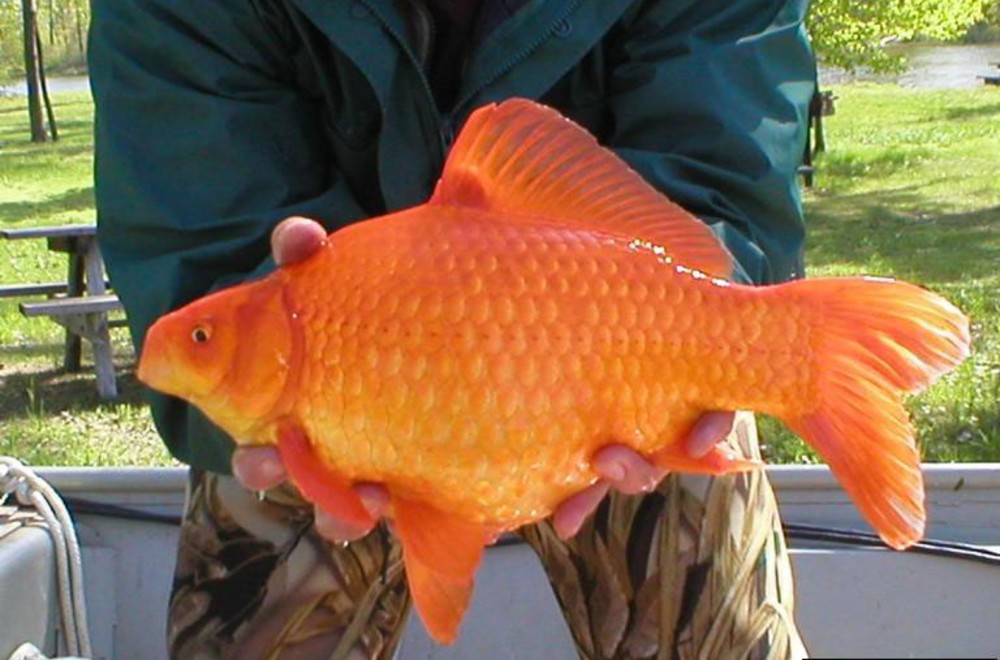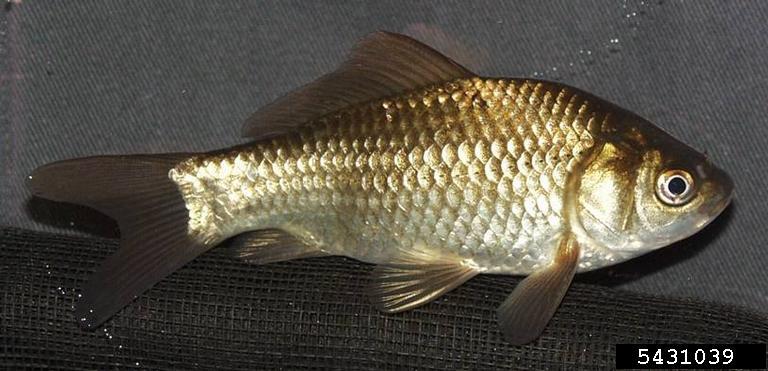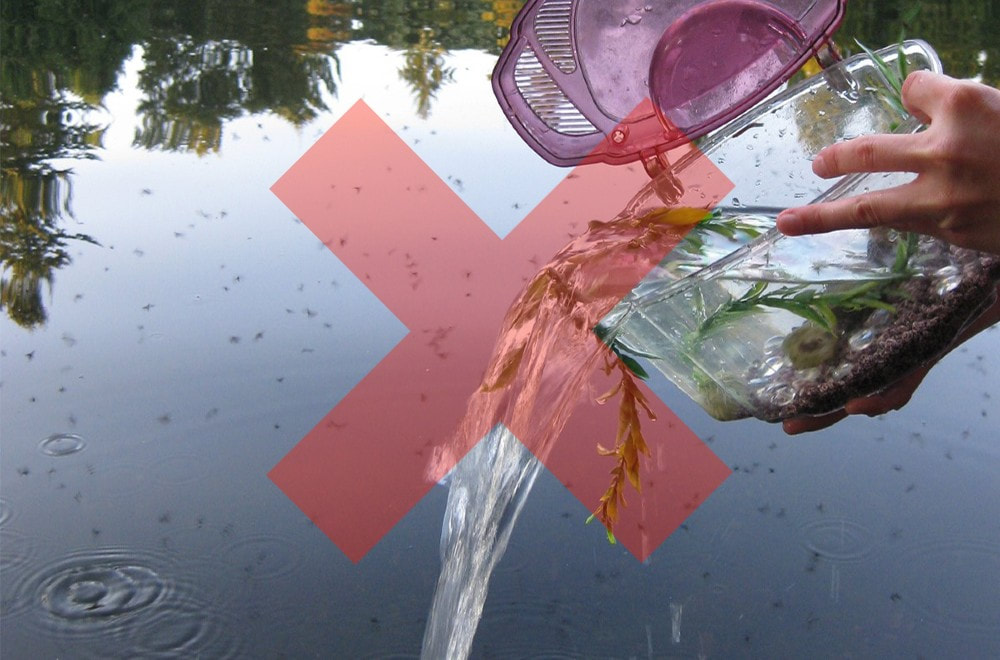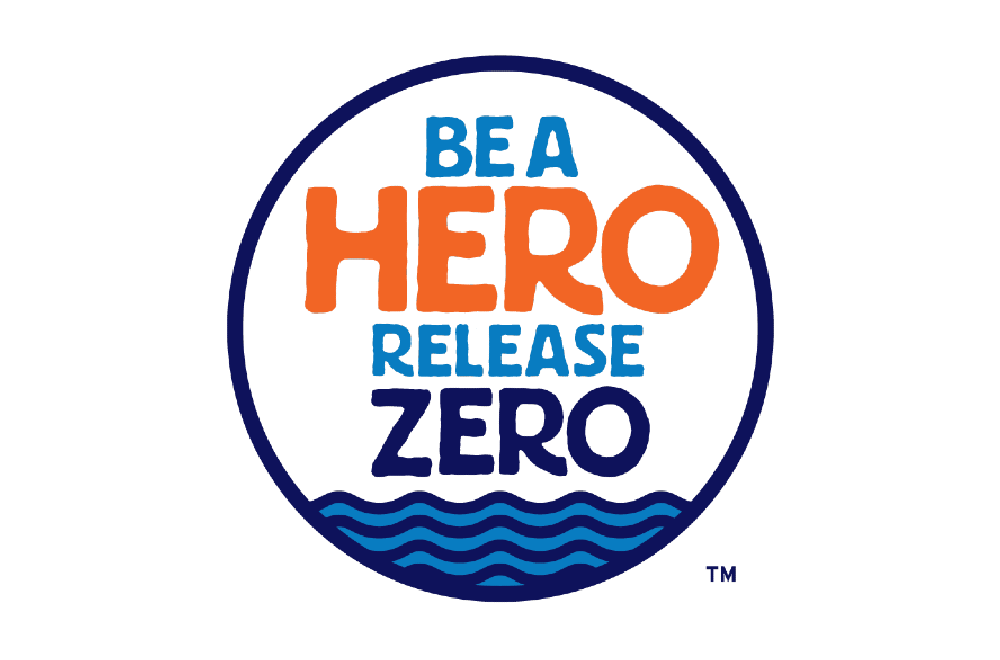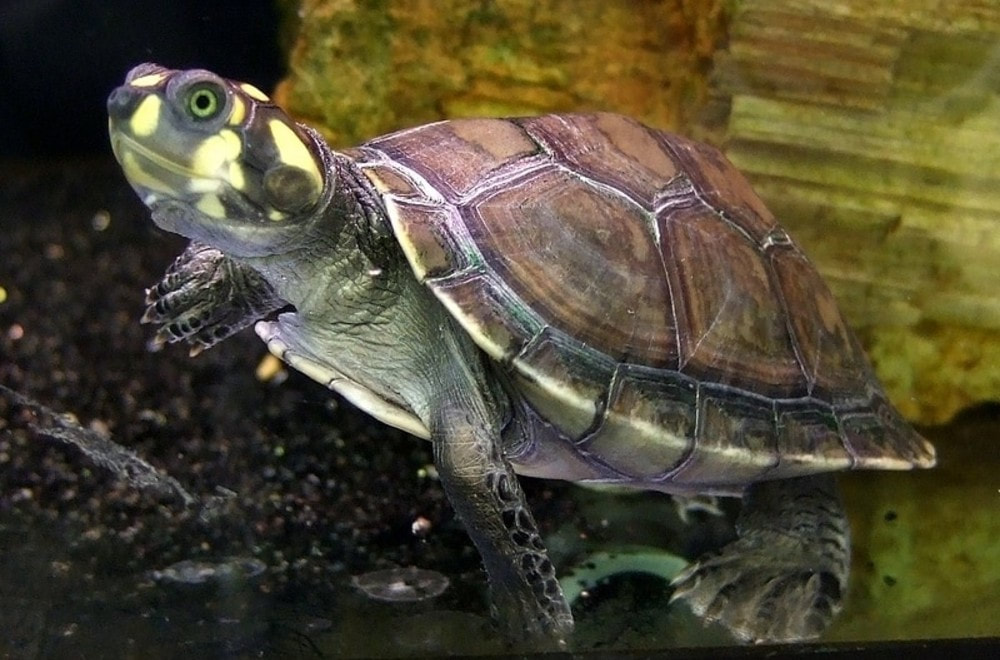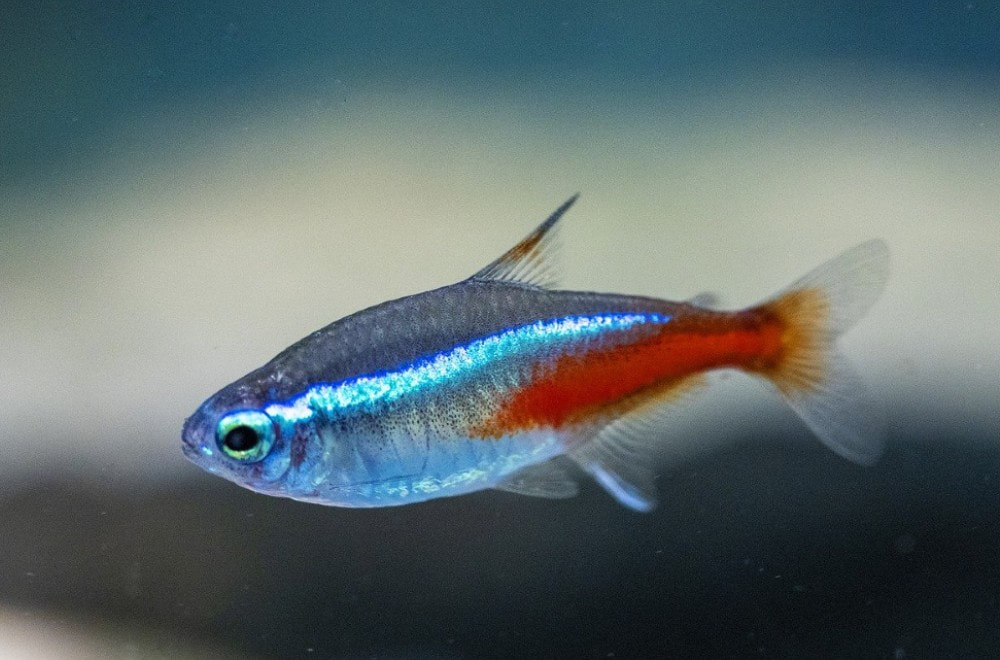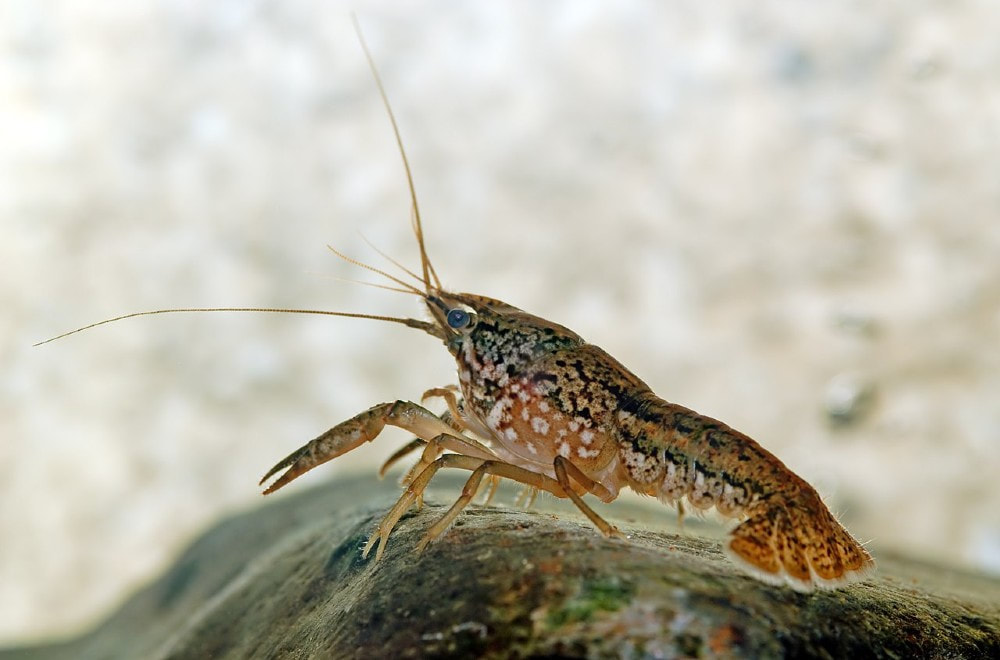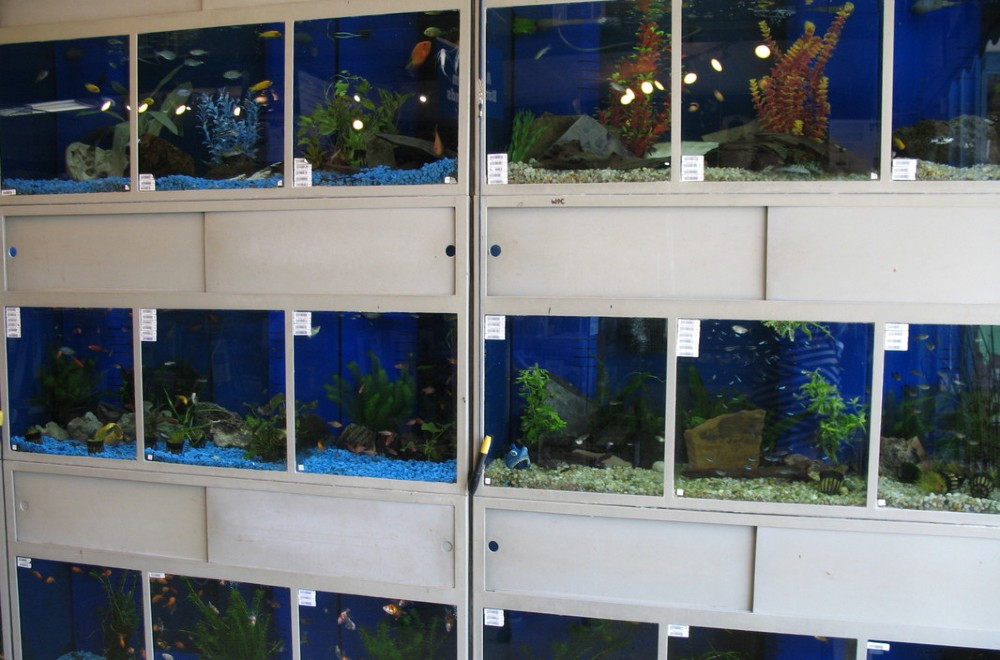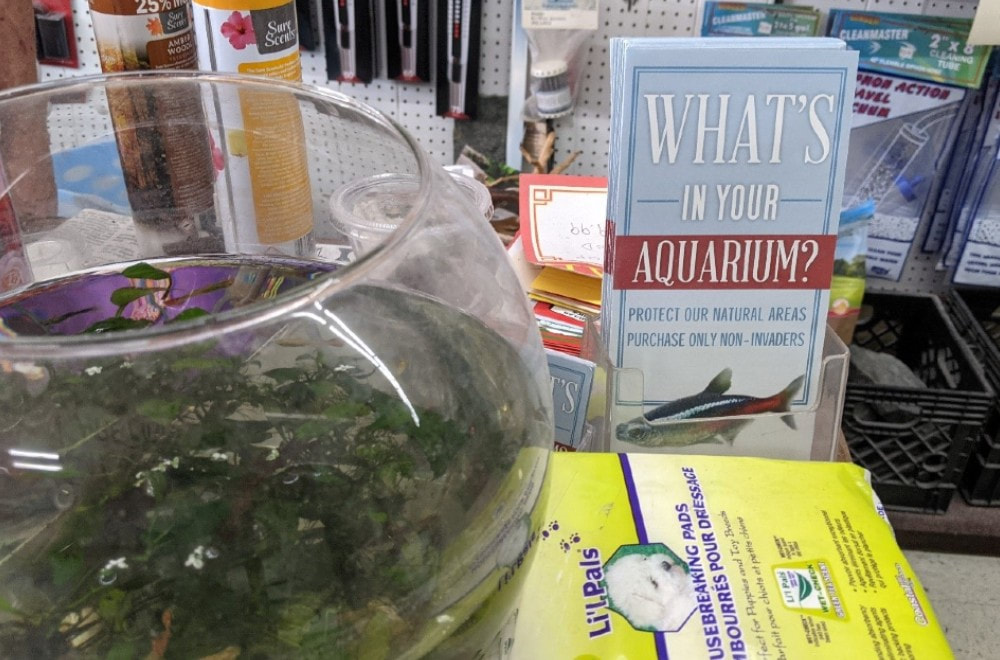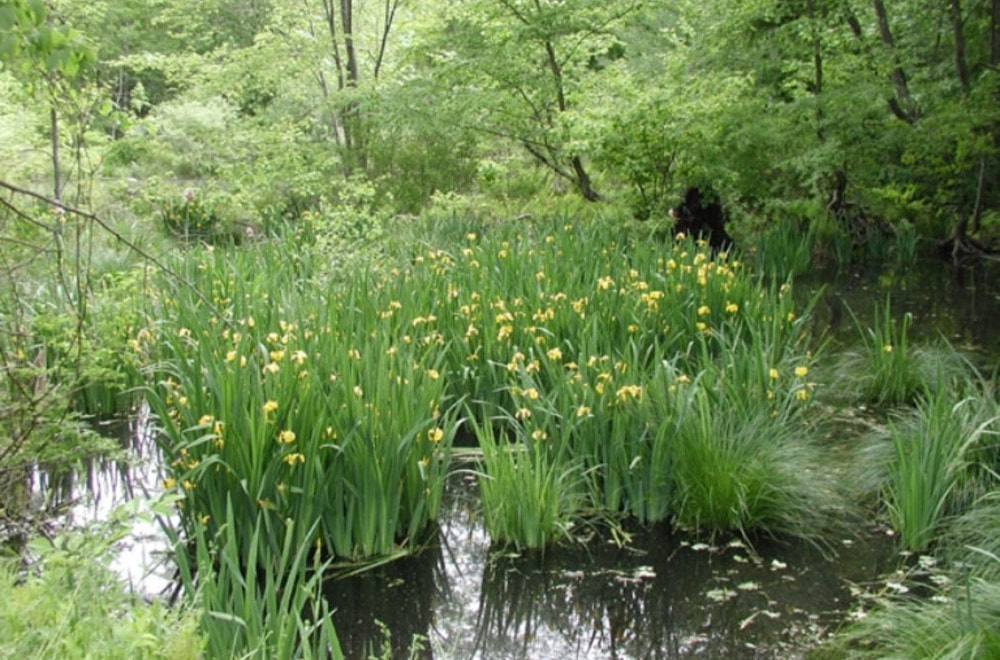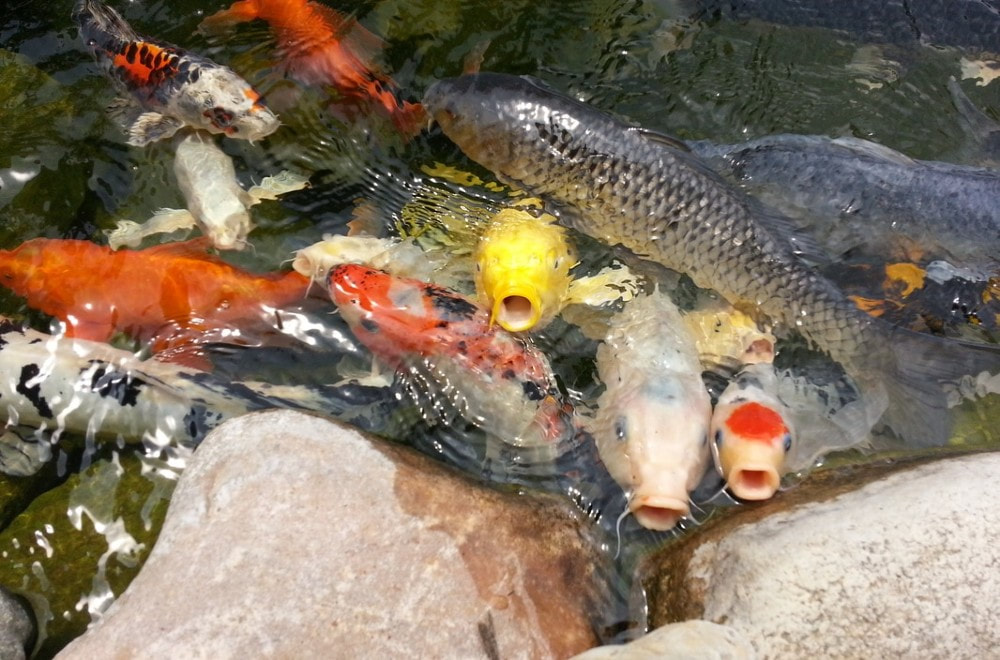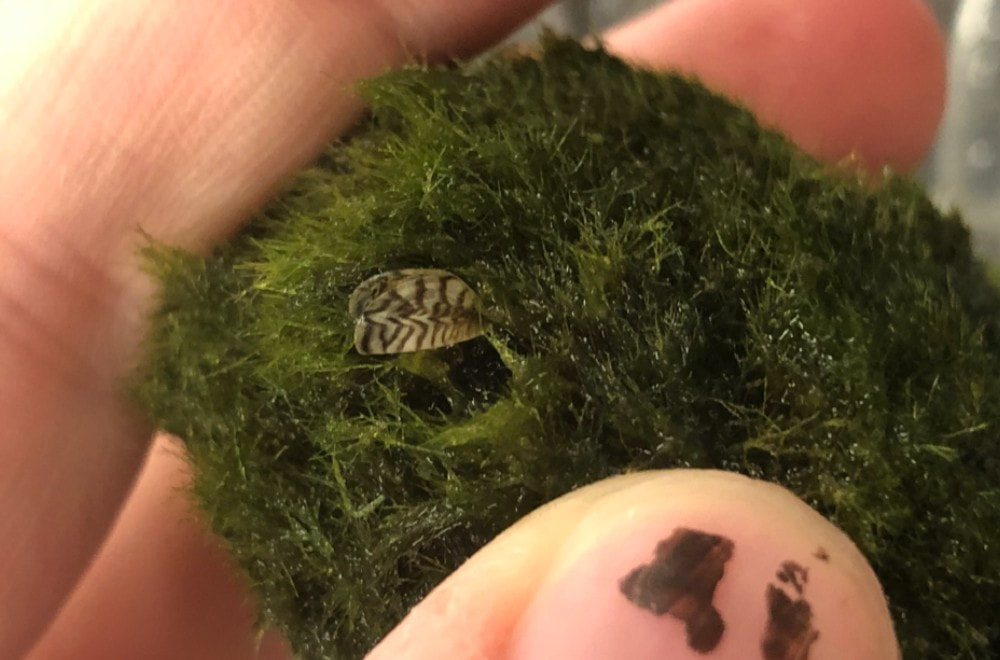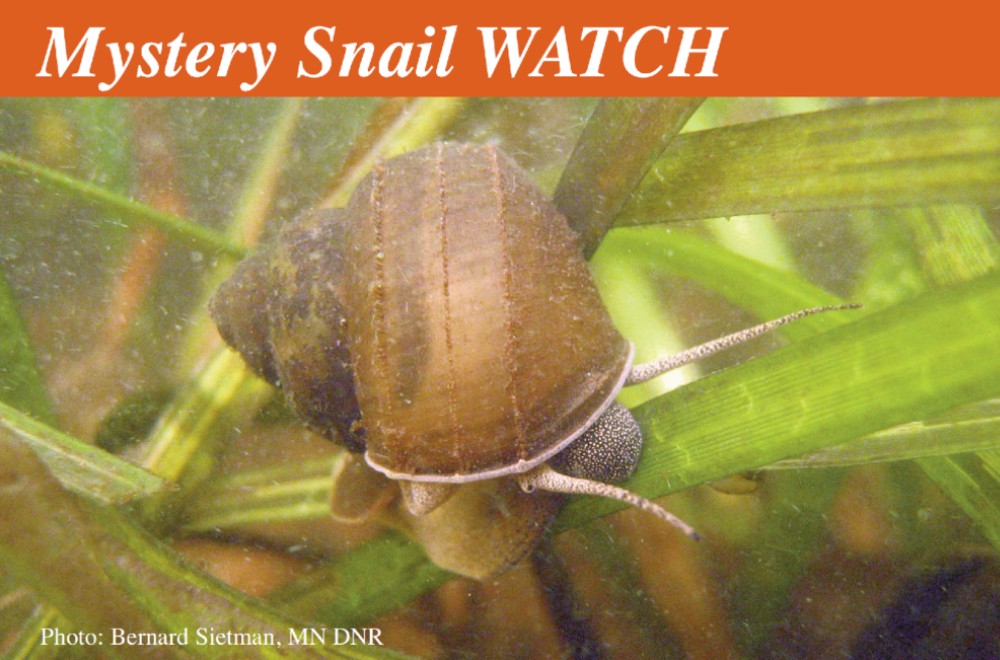Be A Hero!
Aquatic invaders - The Problem
CAUSE HARMAquatic invaders can decrease native biodiversity, reduce available food for fish and wildlife, and introduce diseases. They can also degrade water quality, create mosquito habitat and reduce shoreline property value. Once established, they can be expensive to control and are often impossible to eradicate.
Yellow Floating-Heart
Yellow floating-heart (Nymphoides peltata) is native to Europe and Asia. It was transported to North America for ornamental use, and has been accidentally and intentionally released from cultivation. As an invasive species, yellow floating-heart grows in dense patches that can crowd out native species, reduce oxygen available in the water and impede recreational activities like swimming and boating. |
BUYING AND SELLING AQUATICSMany plants and animals are transported to areas they have never been before because of their use in water gardens, classrooms, aquariums and more. Unfortunately, some can become invasive if they are intentionally or accidentally released into these new environments.
Goldfish
Goldfish (Crassius auratus) can be seen in aquariums around the world, but they are native to eastern Asia. Goldfish forage for food at the bottoms of lakes and streams, uprooting plants and kicking up sediment, which reduces water clarity. This means less light penetration into the water, which reduces photosynthesis and ultimately oxygen production for other aquatic organisms. Goldfish also compete with native fish for food and can spread the parasitic anchor worm (Lernaea cyprinacea) to other fish populations. Their namesake color turns to a silver-gray or green-brown after a few generations in wild populations. |
Alternatives to pet and plant release
MANY ACTIVITIES SPREAD INVADERSMany activities such as fish keeping, water gardening, aquascaping, teaching, aquatic farming have been known to spread aquatic invaders.
Luckily, proper handling and disposal of aquatic plants, animals and the water they are kept in can help prevent the introduction and spread of aquatic invaders. Be A Hero for Illinois’ natural areas by following these simple guidelines. |
PLANTS - Bag and place in the trash.
Seeds, plants, and plant parts can spread and colonize new areas if they are not disposed of properly. ANIMALS - Find a new owner or seek advice on humane disposal.
Never release fish, snails, turtles, frogs, or other animals into the wild. They can cause ecological and economic harm and displace native species. WATER - Disinfect or repurpose.
Water can carry disease, eggs, seeds or plant parts that could spread invaders if not disposed of properly. |
PET RE-HOMING AND CARE NETWORKSIf you need assistance re-homing or getting advice on humane disposal, TakeAIM.org hosts several networks to help owners re-home their pet or connect with exotic species veterinarians. Do you know of other resources that we can add to our list or did one not work out? Please let us know through the Contact Us page.
|
CHOOSE NON-INVADERS
RISK ASSESSMENTMany native or non-invasive plants and animals are available for aquariums, water gardens and classrooms. Risk assessments, such as the Notre Dame STAIR tool, help determine the risk of plants and animals in trade becoming invasive. You can find examples of non-invasive organisms for your region on TakeAIM.org.
|
BUYER BEWAREWhen possible, purchase plants and animals that are clearly marked with Latin or scientific names. Many species of plants, fish, crayfish and snails are sold by their common or generic names, which can refer to many species. Using their scientific names can help you avoid purchasing an aquatic invader.
Marbled Crayfish
The marbled crayfish (Procambarus fallax f. virginalis), otherwise known as Marmorkrebs, was discovered in the German aquarium trade in the 1990s. Pictured above, marbled crayfish are popular to keep as feeder species or novelty aquarium pets partly because they reproduce asexually. This reproduction strategy can produce hundreds of offspring, multiple times a year. Marbled crayfish have not been observed in North America, but the potential for introduction via aquarium escape or release makes them a species of concern. This species is sold under the previously mentioned common names, or simply as “crayfish.” Marbled crayfish are prohibited in several states, and the Great Lakes and St. Lawrence Governors and Premiers classify them as one of the “least wanted” aquatic invaders. |
RELEASE ZERO retailer program
JOIN THE PROGRAMIf you own an aquatic pet or plant store, you can help prevent the spread of aquatic invaders by establishing simple measures and educating your customers on best practices for handling plants and animals. Please get in touch with us using the Contact Us page if you are interested in a free, virtual training and educational handouts for your store.
|
SHOP WITH A RELEASE ZERO RETAILERRelease Zero Retailers are there to help you prevent the spread of aquatic invasive species by providing educational materials on Illinois’ invasive species regulations, non-invasive pet and plant alternatives, and handling and disposal recommendation for plants, animals and water. Some have also agreed to be a part of our re-home network. Please visit the Release Zero Retailers page to find a list of participating retailers.
|
illinois' laws
PROHIBITED PLANTS AND ANIMALSIllinois prohibits certain plants and animals from being bought, sold, traded or transported within the state. Summaries of these regulations are available for both buyers and sellers of live aquatic organisms. A full list of injurious species can be found through the IL Department of Natural Resources.
|
APPROVED SPECIES LISTIn Illinois, the Aquatic Life Release law provides a list of approved species that can be used in a waterbody contained on your property without requiring a permit. Species not on this list require a permit from the Illinois Department of Natural Resources.
|
REPORT SIGHTINGS
KEEP INVADERS IN CHECKReporting invasive species in natural areas helps land managers and agencies quickly respond to new populations. Small populations of aquatic invaders are easier and cheaper to control, and are more likely to be eradicated. You can also report invasive species being sold online, in a store or in another situation. Below are resources to help document your sighting.
State and Federal
Illinois' reporting hotline To report a sighting of an aquatic invasive species in Illinois, email [email protected] with suspected species and location of sighting. Include pictures of the species and area if possible. Nonindigenous Aquatic Species Database The Nonindigenous Aquatic Species Database is part of the United States Geological Survey. The data is used by biologists, state and federal agencies, and the general public. To file a report here, you will need to provide the following:
Academic and Non-Governmental
iNaturalist iNaturalist is a joint initiative by the California Academy of Sciences and the National Geographic Society. It is "an online social network of people sharing biodiversity information.” You do not need to identify a species yourself, as other iNaturalist members can suggest and confirm IDs. To create an observation that is most likely to be shared with iNaturalist partner databases, you will need the following:
EDDmapS was launched by the Center for Invasive Species and Ecosystem Health at the University of Georgia. It is a mapping tool to document the spread of invasive species across the United States. Data is shared with educators, land managers, conservation biologists and more. To report a sighting here, the following is required:
|
OUTREACH resources
TAKEAIM.ORGAquatic invader prevention tips and free outreach publications for aquarium hobbyists, water gardeners, classroom pet owners and aquaculture producers are available through TakeAIM. You can also find links to state and federal contacts for learning more about aquatic invaders.
|
PUBLICATIONSBe A Hero—Release Zero resources are available through the Illinois Natural History Survey shop.
Detailed instructions to disinfect after zebra mussel or other aquatic invader contamination can be found through the Pet Industry Joint Advisory Council. |
Take the pledge
Let us know you are joining the fight against aquatic invaders by pledging to do the following steps. Check the box next to the steps you are willing to take.
Photo Credits
Yellow floating-heart: Leslie J. Mehrhoff, University of Connecticut, Bugwood.org; Goldfish photos: U.S. Geological Survey, Bugwood.org; Aquarium dumping: Illinois-Indiana Sea Grant; Turtle: Wikimedia, opencage.info; Yellow iris: Leslie J. Mehrhoff, University of Connecticut, Bugwood.org; Koi: Greg Hitzroth, Illinois-Indiana Sea Grant; Zebra mussel: M. Brown
Page last updated on July 01, 2021
